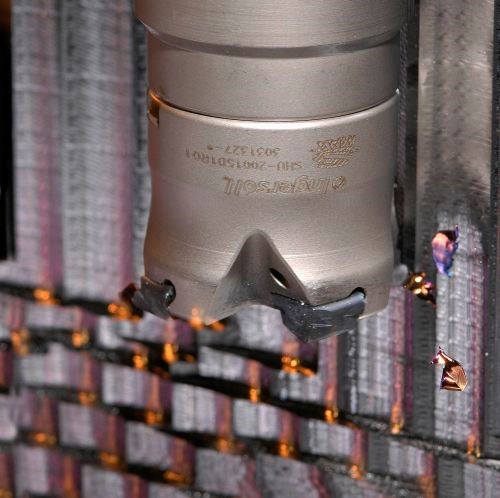A Weird Way to Mill
Plunge roughing isn’t used as often as it should be.
Share

.png;maxWidth=45)
DMG MORI - Cincinnati
Featured Content
View More



ECi Software Solutions, Inc.
Featured Content
View More

Plunge roughing isn’t used as often as it should be. Yes, it is a weird way to mill. And yes, you do lose time on the retract stroke after each plunge. However, even with the retract time, plunge roughing can still provide a better metal removal rate than conventional X-Y milling on certain jobs.
Many shops assume that plunge roughing is for hard materials. Actually, it’s for slower machining centers—whatever the workpiece material. Here is a guide for when to consider plunge roughing. Even in aluminum, Boeing often prefers plunge roughing.
If you do have an older or slower machining center, then the most significant consideration determining when to use plunge roughing is probably the geometry of the machined feature. Plunging leaves stock behind, including material in the corners and cusps between plunges. Wherever the pattern of plunges is restricted by the strange shape of a pocket, then all the follow-up machining that is needed might take the efficiency gains away. But if the part geometry lets plunging take out nearly all the material, then this form of milling may be the fastest choice.












.png;maxWidth=150)


















.png;maxWidth=300;quality=90)





